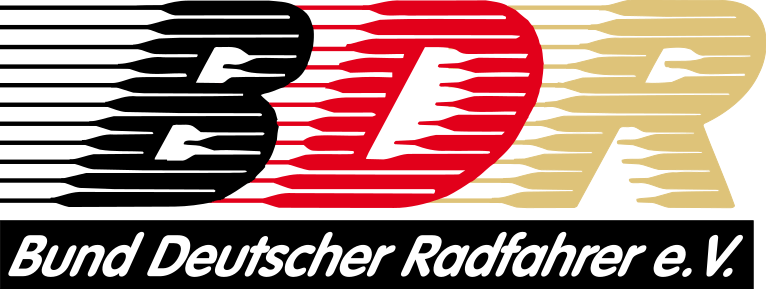Influence of hyperthermia and hypoxia on performance and pacing during a cycling time trial
(Einfluss von Überhitzung und Hypoxie auf die Leistung und Tempogestaltung bei einem Radzeitfahren)
Introduction: The regulation of prolonged self-paced exercise has received considerable interest over the last decade with various models of regulation having been proposed to modulate performance (Abbiss & Laursen, 2008; Edwards & Polman, 2013; Roelands et al., 2013). The aim of this study was to examine the influence of alterations in maximal oxygen uptake (VO2max) in mediating performance and pacing during prolonged time trial exercise in cool, hot and hypoxic conditions.
Methods: Twelve well-trained cyclists completed a 750 kJ time trial in temperate (COOL, 182C), hot (HOT, 352C) and hypoxic (HYP, 182C, FiO2: 0.145) conditions, creating models with a stable, progressively decreasing, and acutely decreased VO2max, respectively. Power output, cardiorespiratory, temperature and perceptual measurements were taken throughout the time trials.
Results: Trial completion was faster in COOL (48.2 ± 5.7 min) compared with HOT (55.4 ± 5.0 min) and HYP (60.1 ± 6.5 min) (P<0.001), with HOT being faster than HYP (P=0.028). Core temperature reached 39.0 ± 0.62C (COOL), 39.8 ± 0.52C (HOT) and 38.5 ± 0.42C (HYP; P<0.01). Power output during COOL was higher than HOT from 40% of work completed onward (P<0.05) and for the entirety of HYP (P<0.001), in which it was lower than HOT at 20-30% (P<0.05). Normalized power output during COOL and HYP varied by ~13% and ~16% respectively, whereas a ~27% variation occurred in HOT. VO2 in COOL was higher than HOT from 70% onward (P<0.01) and higher than HYP throughout exercise (P<0.001). Relative to baseline VO2max (%VO2max) in normoxia (COOL and HOT) and hypoxia (HYP), %VO2max during HOT (78 ± 8%) was lower than COOL (84 ± 7%; P=0.005) and HYP (87± 5%; P=0.003). The rating of perceived exertion increased in all condition (P<0.001) with the rise in HOT being greater than HYP (P=0.029). Thermal discomfort increased in all conditions (P<0.001) and significantly more so in HOT (P<0.001).
Conclusions: Despite an acutely reduced VO2max and power output in HYP, pacing and %VO2max were similar to COOL. In contrast, the progressive decrease in VO2max and power output in HOT resulted in a more variable pacing pattern with %VO2max decreasing throughout exercise. However, These data support the premise that pacing is associated with maintaining an optimal performance intensity (PŽriard & Racinais, 2015), in conjunction with acute and progressive alterations in VO2max.
© Copyright 2016 21st Annual Congress of the European College of Sport Science (ECSS), Vienna, 6. -9. July 2016. Veröffentlicht von University of Vienna. Alle Rechte vorbehalten.
| Schlagworte: | Radsport Leistung Relation Temperatur Hypoxie O2-Aufnahme maximal Belastbarkeit |
|---|---|
| Notationen: | Ausdauersportarten Biowissenschaften und Sportmedizin |
| Veröffentlicht in: | 21st Annual Congress of the European College of Sport Science (ECSS), Vienna, 6. -9. July 2016 |
| Herausgeber: | A. Baca, B. Wessner, R. Diketmüller, H. Tschan, M. Hofmann, P. Kornfeind, E. Tsolakidis |
| Veröffentlicht: |
Wien
University of Vienna
2016
|
| Seiten: | 329 |
| Dokumentenarten: | Kongressband, Tagungsbericht |
| Sprache: | Englisch |
| Level: | hoch |
